Pagani’s Utopia Says No To Electrification, Yes To Screaming V12
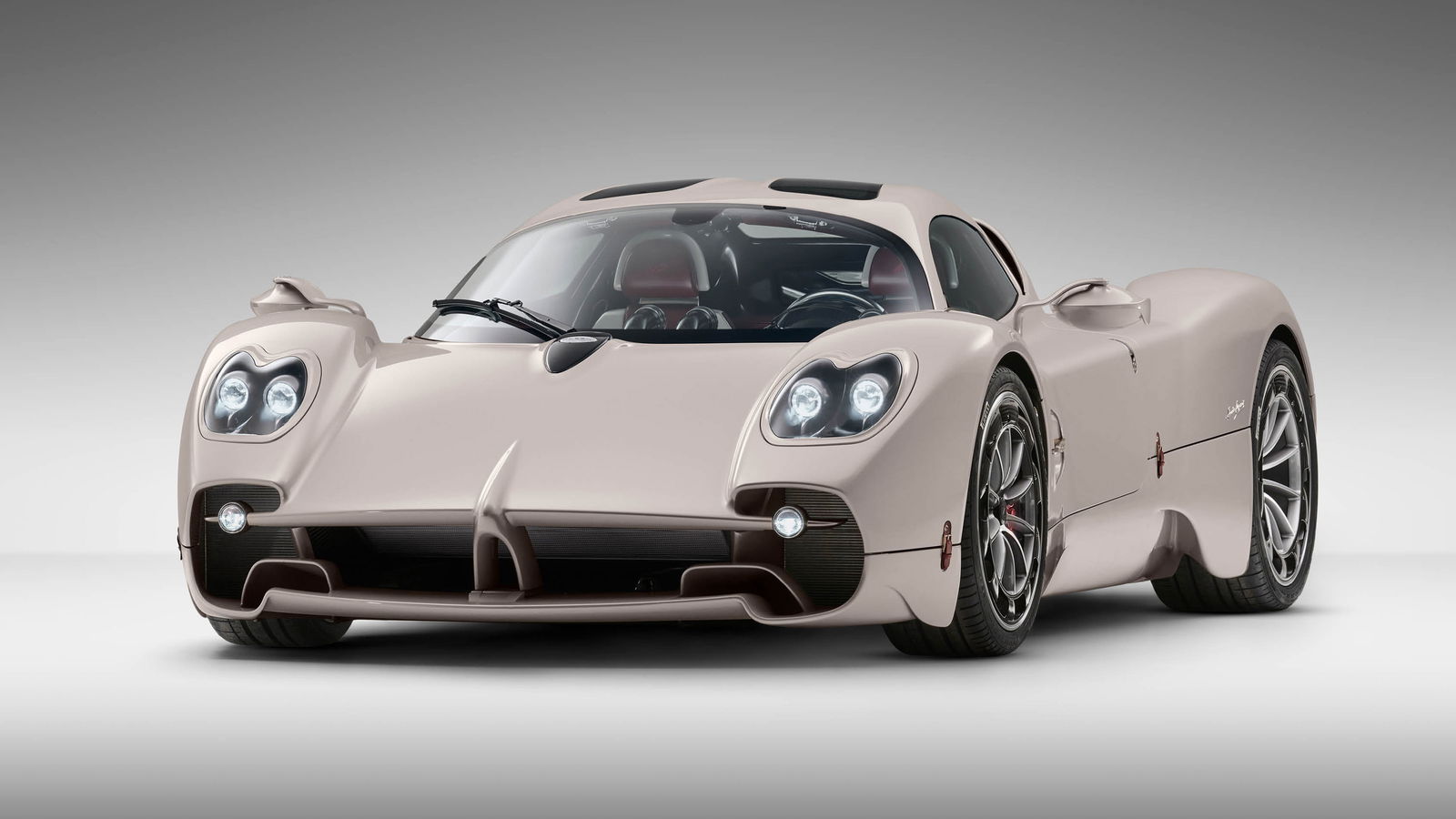
The new Pagani Utopia has been revealed, the brand’s third supercar after the Zonda and the Huayra. The Utopia will use a more powerful version of the same twin-turbo V12 engine found in the Huayra – there’s no hint of electrification in sight, and Pagani has said that the car will only be available with a manual gearbox.
While plenty of supercar manufacturers have been winding down on the use of ICE engines, with the Bugatti Mistral due to arrive in 2024 as the final swansong to the famous W16 engine, Lamborghini to employ hybrid technology in its V12s and the Ariel Hipercar set to run on electricity (with the option of a petrol powered range extender), Pagani is sticking with what it knows.
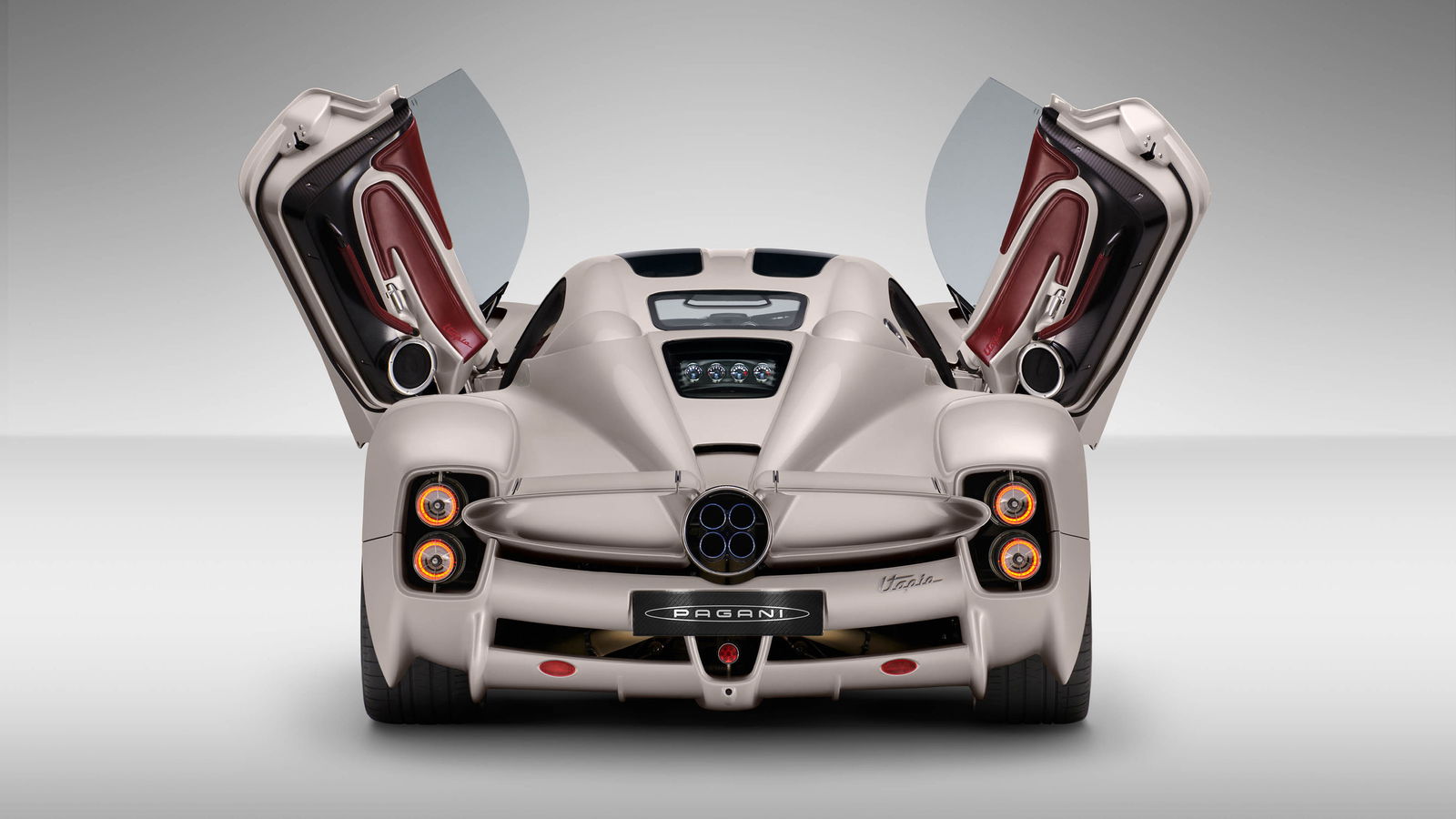
In terms of aesthetics, the Utopia is typical Pagani – it’s more of an evolution of previous Pagani cars than a styling revolution. It features covered headlights, a recessed bonnet, circular rear lights and the quintessential quad exhaust setup at the rear. That said, its design is decidedly less aggressive than the Zonda and Huayra.
The Utopia does without the braking flaps used on the front of the Huayra. Its aerodynamic design channels air through ducts at the front of the car, through the bonnet and past the windscreen for added stability at speed. The designers have integrated this seamlessly without spoiling the Utopia’s flowing shape.
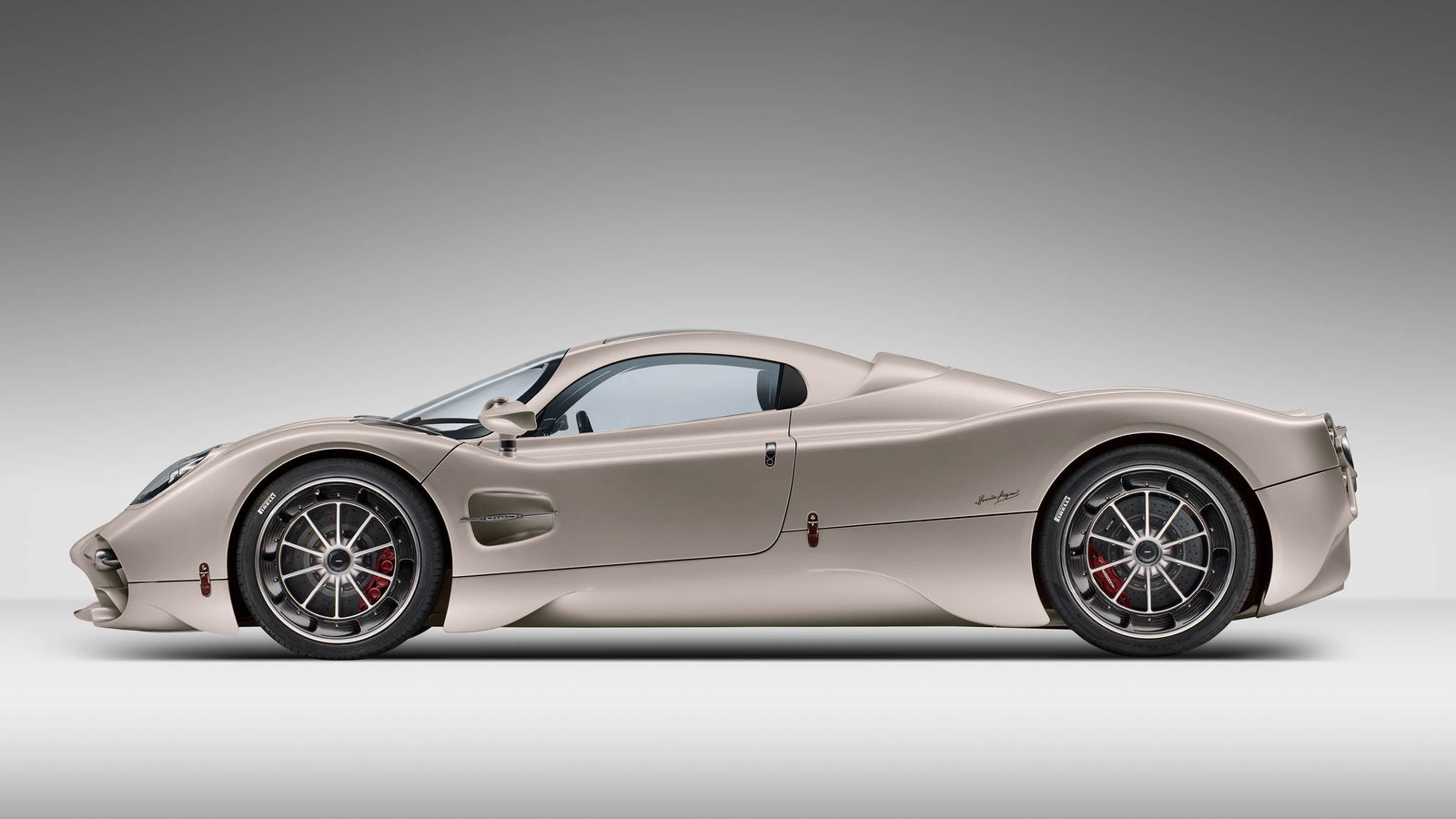
The car also employs active aero on the rear wing – the two halves move up and down independently of each other to improve downforce as needed. Pagani says all these aerodynamic developments are in the name of predictable handling and increased control and safety. That might not be a bad idea, especially after one owner recently lost control of his one-of-three Pagani Zonda HP Barchetta in Croatia.
Beneath all the fancy bodywork, the Pagani Utopia uses a 6.0-litre, twin-turbocharged V12 engine. It’s the same one used in the Huayra, but the Utopia’s is good for 864bhp and 811lb ft of torque (the Huayra NC produced 819bhp and 796lb ft). The whole car weighs just 1280kg – that’s over 100kg lighter than the upcoming Koenigsegg CC850.
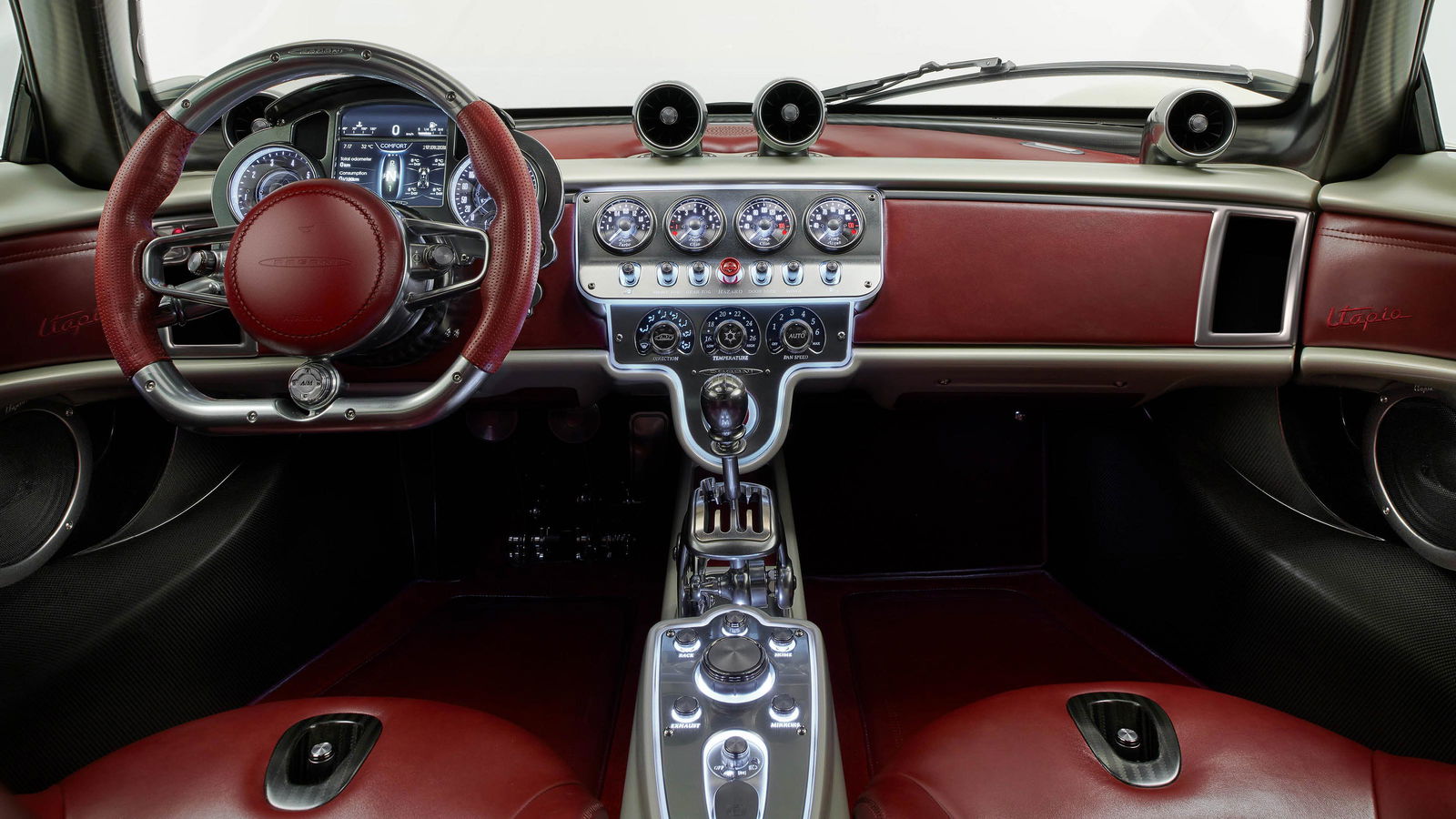
The suspension in the Pagani Utopia is made from a forged alloy and uses double wishbones and semi-active shock absorbers – the firmness of the damping can be tweaked by choosing different driving modes. Massive 410mm disc brakes, with six-piston Brembo callipers at the front and four-piston callipers at the rear, provide the Utopia with much-needed stopping power. The Utopia sits on pretty unique-looking 21 and 22-inch alloy wheels – they’re almost reminiscent of 80s turbofan-style wheels.
Pagani is keen to point out that the interior goes defiantly against the trends of the time – there’s no central infotainment screen, just one modest digital gauge cluster. Elsewhere there’s plenty of retro analog dials and leather is used extensively around the cabin. The most eye-catching element is arguably the gearstick sitting in the centre of it all, flaunting the Utopia’s manual credentials.
Just 99 examples of the €2,170,000 (£1,883,000 or $2,205,000) Pagani Utopia will be made, but we’d expect plenty of spin-off variants down the line just like with the Zonda and Huayra. For now, though, all 99 examples of the Utopia are already spoken for.
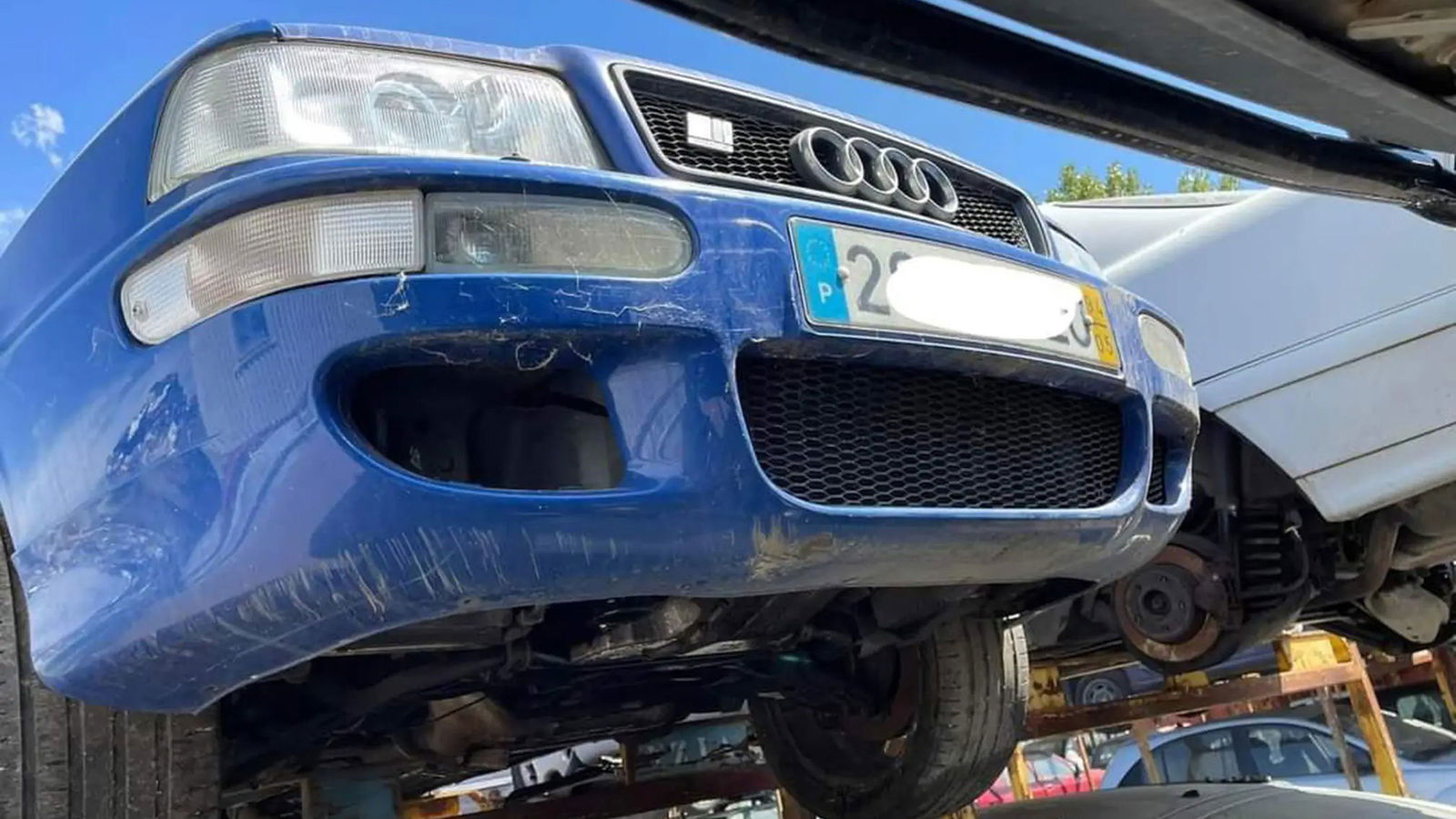
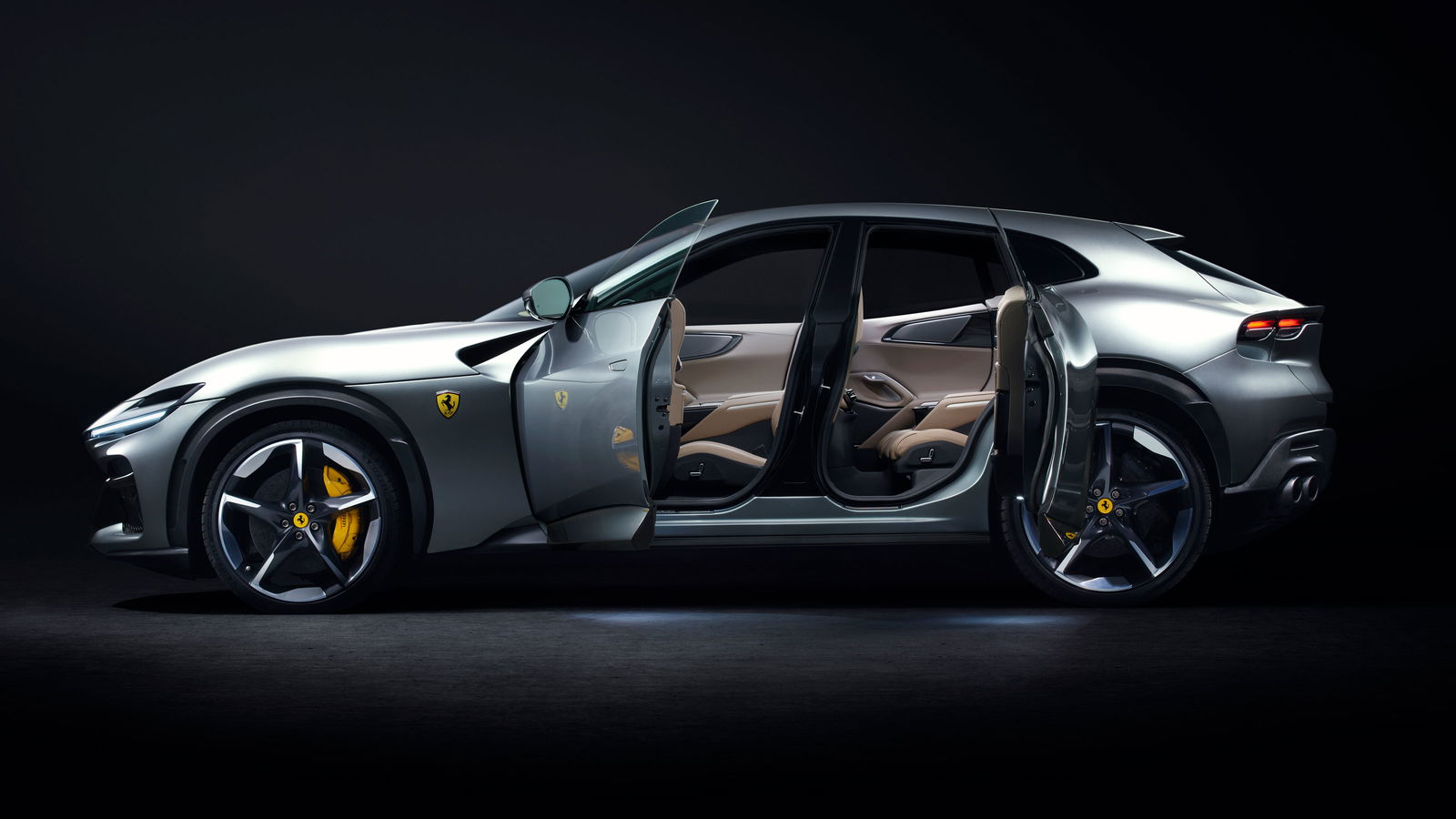
Comments
Pagani hit the design out of the park with this, combining the classic C12 with elements from the Zonda and Huarya.